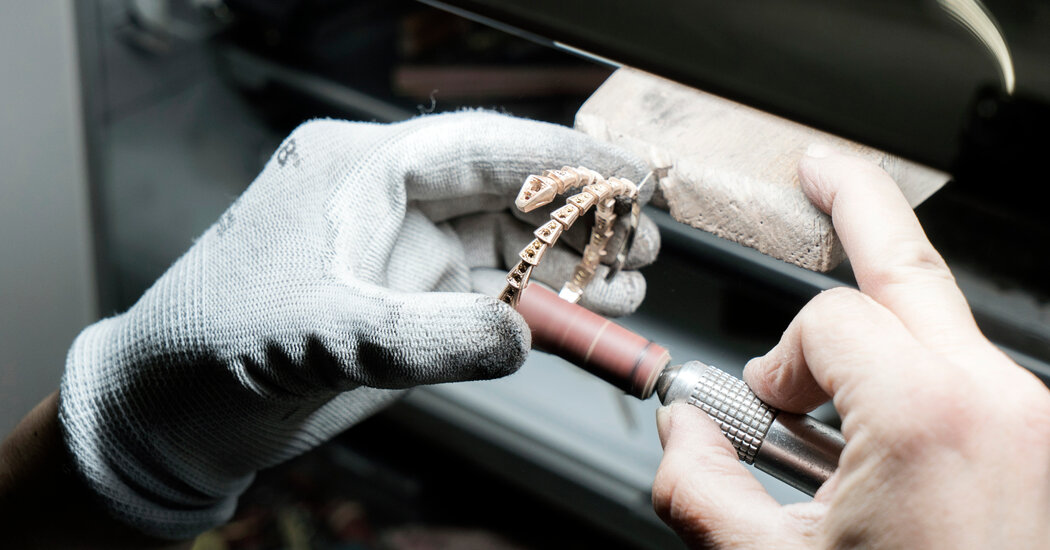
Indeed, the essential question for anyone contemplating the future of the luxury jewelry industry is no longer how many branded baubles people are willing to buy, it’s how many can brands produce?
“The key part is not about finding customers, it’s trying to get the goods,” Ms. Messika said.
In Italy, where the competition for skilled workers — especially in and around Valenza, a town of about 18,000 residents known for its master goldsmiths and gem setters — has reached a fever pitch, jewelry is like the new tech, a phenomenon not lost on Maria Carola Picchiotti, marketing director of Picchiotti, a jewelry atelier founded in 1967 by her father, Giuseppe.
“With all the big jewelry brands coming to Valenza to locally manufacture, the social and economic fabric of our little town has drastically changed,” Ms. Picchiotti wrote in an email. “When I was a little girl, there used to be many small ‘mom and pop’ workshops that would employ two to three workers manufacturing for bigger local brands or even selling to wholesalers and retailers.”
“Now, everything is very different,” she wrote. “Small workshops virtually no longer exist. The big brands, mainly French, come to Valenza and either build big manufacturing plants or acquire many of the local workshops to grab all the manpower they can possibly hire.”
Sabina Belli, chief executive of Pomellato, an Italian jeweler acquired by the French group Kering in 2013, said when she joined the company in 2015, she was comforted by the knowledge that its Milan-based atelier employed 100 goldsmiths. But, “when I started looking at some of their profiles, I realized that some were about to retire,” Ms. Belli said on a recent phone call.






